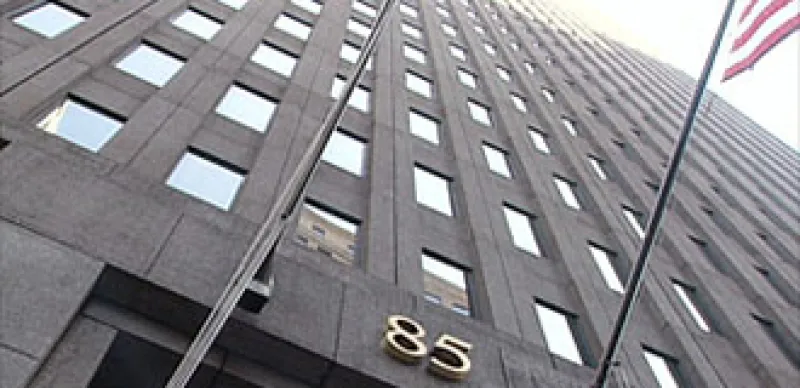New York Giants fans are the first to admit that two seasons ago luck and skill, arguably in equal measure, converged to secure the Lombardi trophy.
When New York i-banking giant Goldman, Sachs & Co. somehow managed to escape the worst of the market meltdown in 2008 and then storm up the field in 2009 to register another banner season, more than a few critics insisted that government favoritism, not skill, made all the difference. Goldman’s fans point to per-square-foot IQ and a tenacious defense.
But what part did luck or circumstance really play? More than you might suspect, some veteran Wall Street risk managers say.

But back in 2004, when the CDO market was first taking off, Goldman ranked 11th in underwriting, according to the "Structured Finance Monitor" newsletter. Citigroup and Merrill Lynch topped the list that year. In fact, Goldman did not move as aggressively into CDOs until 2006, not long before the first cracks in the market had started to show. Goldman in 2007 ranked sixth among global CDO issuers, with a 5 percent market share, compared with 14 percent for Citi and 17 percent for Merrill.
In the first quarter of 2007, Goldman was still doing some ABS CDOs, though it was no longer ramping up activities in this market as it did in 2006. But two things happened to make the firm retreat altogether.
First, in early 2007 one of its big ABS CDO underwriting deals was scuttled after some assets Goldman was storing on its balance sheet cost the firm tens of millions in markdown losses, according to one CDO industry source. Goldman started dialing down ABS CDO initiatives thereafter, in part because of the serious losses but also for an even more fundamental reason: Demand was slowing amid the earliest signs of trouble in the Bear Stearns Asset Management hedge funds. Additionally, in early 2007, Peloton Partners, a London-based hedge fund started by two former Goldman Sachs traders that used Goldman as prime brokers, liquidated after lenders, including Goldman, saw the writing on the wall.
Goldman, which had taken its sweet time getting into the ABS CDO market, did an about-face. As late as 2007 it was still doing what today would be considered dicey debt structurings. But it was not doing ABS CDOs. That single decision would prove critically important.
When subprime cratered in 2007, what at first was thought to be a containable threat quickly spread to the banks by way of the ABS CDO market, the first domino to fall in a series that would inevitably threaten the entire system.
By being late to the ABS CDO party and ducking out early, Goldman avoided the kind of fatal wounds suffered by rival banks (Bear Stearns, Lehman Brothers, Merrill Lynch) that had overdosed on ABS CDOs.
"It may have been luck by design, but in the thick of the meltdown, Goldman was dodging serious bullets," notes risk manager Kenneth Grant, CEO of Risk Resources. "So having missed the first shoe, let’s face it, was lucky. They weren’t exposed to the first bombs."
If the dominos hadn’t fallen exactly the way they did, Grant explains, with Bear first in the early part of the year, then Lehman and Merrill as the sacrificial lambs, "there would not have been this collective realization that Goldman and Morgan Stanley could be next — and the government’s decision that they could not be allowed to be next."
So was this superior risk management or luck, or both?
"It was prudent governance at the top," Grant avers, "not betting the firm on any one profit-making opportunity, and it was luck."






